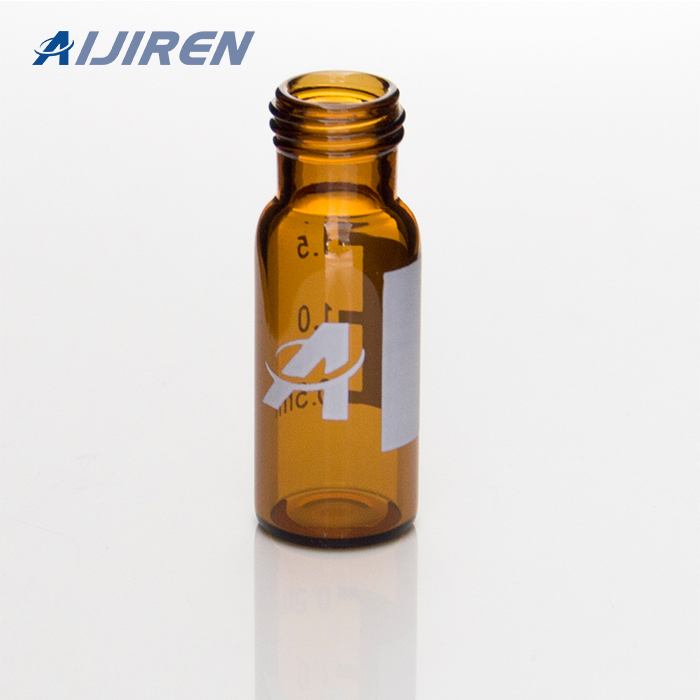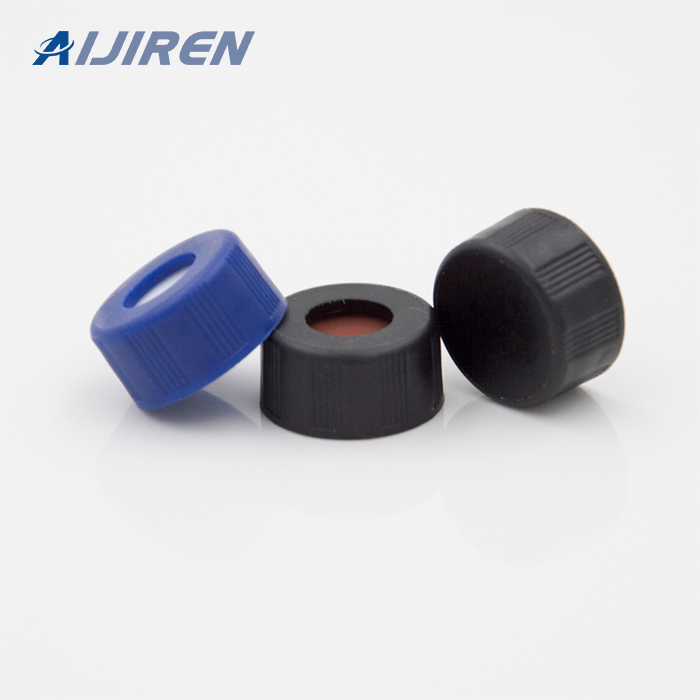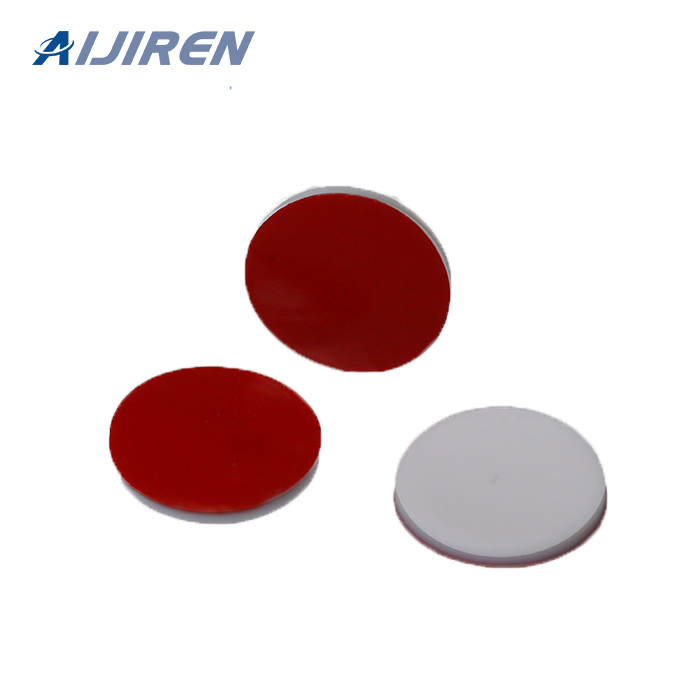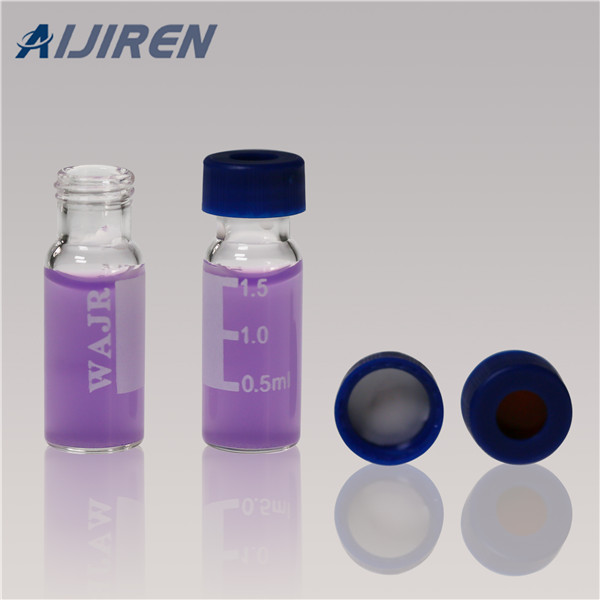



This rugged polypropylene rack holds 48 vials, size 1 dram (15 x 45mm), or 4 ml tissue culture vials, or 2ml serum vials in 4 x 12 configuration with alpha-numeric indexing. The rack is constructed from chemically resistant, autoclavable (121°C for 20 minutes) polypropylene and features corner posts to assure stability when stacking empty.
ND9mm Screw Thread Autosampler Clear Lab Vials are made of clear Type 1, Class A Borosilicate Glass with a writable label for sample identification. 2. 2ml HPLC Vials with Unique Thread Design Ensures Consistent Seal and Can Be Reused, Not Volatile, Easy to Use 3. 2ml Capacity,12x32 mm Dimensions, Screw Thread 9-425 Neck,100/pack 4.
Address: P.O. Box 219 Batavia, IL 60510: Phone: 800-452-1261: Fax: 866-452-1436: Email: flinn@flinnsci.com
The new modular Bottle Carrying System fits standard laboratory bottles that have a GL 45 neck finish and is compatible with four bottle sizes: 2, 5, 10 and 20 litres. It is ergonomically designed, and offers health & safety benefits to the user and allows easy and safe transport of bottles around the laboratory or production facility.
For your convenience, serum vials can be offered with a writing patch, graduations, and with a range of seals and stoppers including I-Loc™ and open-top screw colored closures. Our serum vials solutions are founded upon USP660 Type I borosilicate glass and are available in case, pallet, and custom configurations in sizes ranging from 2ml to
Aluminium reducing inserts for flasks – 5 ml, 10 ml, 25 ml, 50 ml, 100 ml and 150 ml wells in PolyBlocks and MonoBlocks StarFish Gas/Water Manifolds Quick, convenient and tidy connections for for gas, vacuum and water
Containers and caps are manufactured without the use of plasticisers or mold release agents. All material used is free from latex. Containers are 95kpa compliant. Available in three sizes: 60, 90 and 120 ml. The 60 ml size however is not graduated. The sterile container protects its sterility with
Glass Bottles and Containers. Glassware is the most common family of lab supplies. Glass Bottles and containers provide the best sample integrity. Glass is inert and thus more chemically compatible than plastic, so the only concern about the chemical resistance of lab glassware is the type of liner inside the cap.
Search results for CLASS A VOLUMETRIC FLASK at Sigma-Aldrich. ADVANCED SEARCH size 250 mL, with GL-25 screw cap; ... volume 10,000 mL, accuracy: 2.0 mL, neck ...
Bottles Thermo Scientific™ Screw-Top Sterile Coliform Water Sample Bottle: Polystyrene, Polyethylene and Polypropylene Select this bottle for use with EPA compliant total coliform and fecal coliform water analysis using the Colilert analysis method or equivalent.
Bottles and Containers. We sell Lab Bottles and Containers for Science Laboratories, Nalgene labware, lab glassware, plastic coated boston round bottles, and straight side jars. CP Lab Safety offers sterlization and cleaning services for most bottles. Learn more about our services or request a FREE quote by clicking the button below. Thank you!
Chemical bottles and jars are available in various shapes and materials for use in specific laboratory applications. They include square bottles, which take up less shelf space than round bottles, as well as leakproof environmental sampling bottles, which resist breakage for safe sampling, transport, and storage.
1. Use blunt cannulas to safely transfer the SPME fibres to the conditioning vials and the samples. 2. Prepare 20 mL amber glass vials with methanol or MilliQ. (1 x 20 mL vial for 12 SPME fibres) 3. Pierce the silicone/PTFE septum of the caps with the fibres by means of the blunt cannulas 4.
Duran™ Laboratory Glass Bottles (2) EPA Water Analysis Vials, Screw Thread Culture and Centrifuge Tubes (1) Falcon™ 75 L x 12 mm O.D. 5 mL polystyrene and polypropylene round bottom tubes (1)
The innovative square DURAN® lab bottles have a space-saving shape that offers the benefit of close and efficient packing — saving up to 20% more space than traditional round bottles. These bottles are ideal for the shipping and storage of high-demand materials or for reagent supply to instruments where bench space is at a premium.